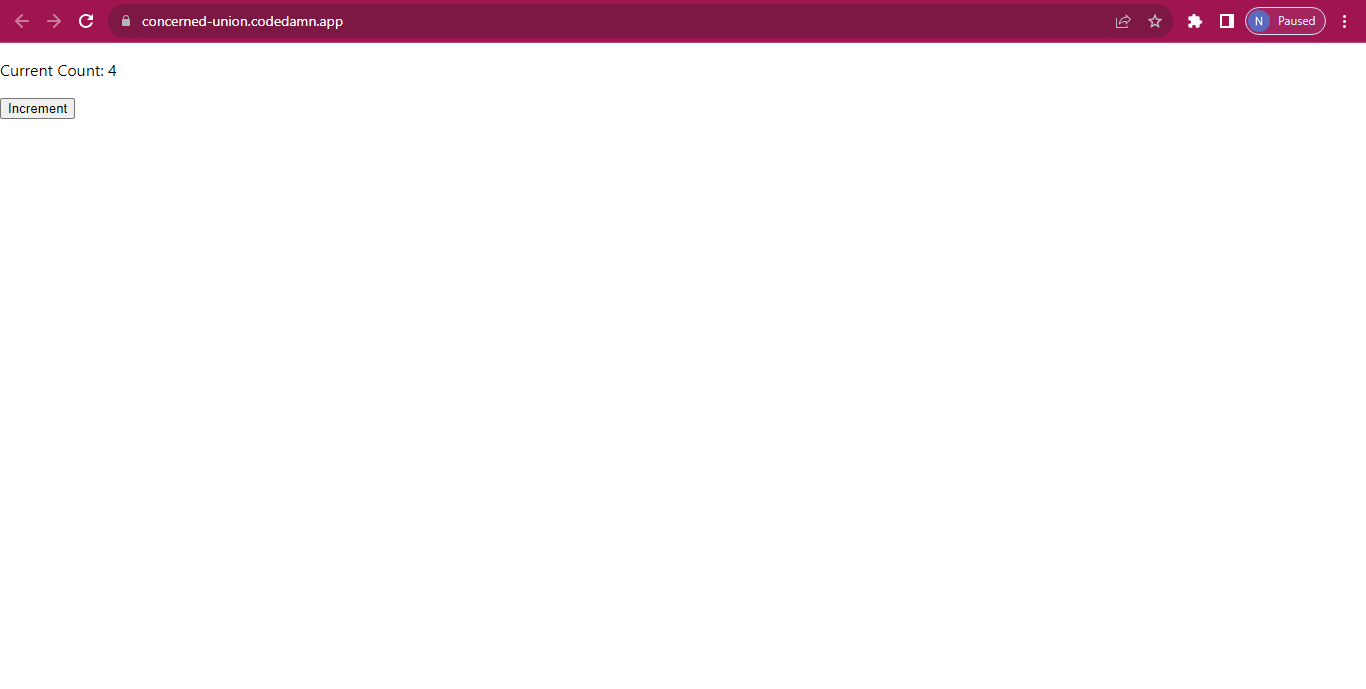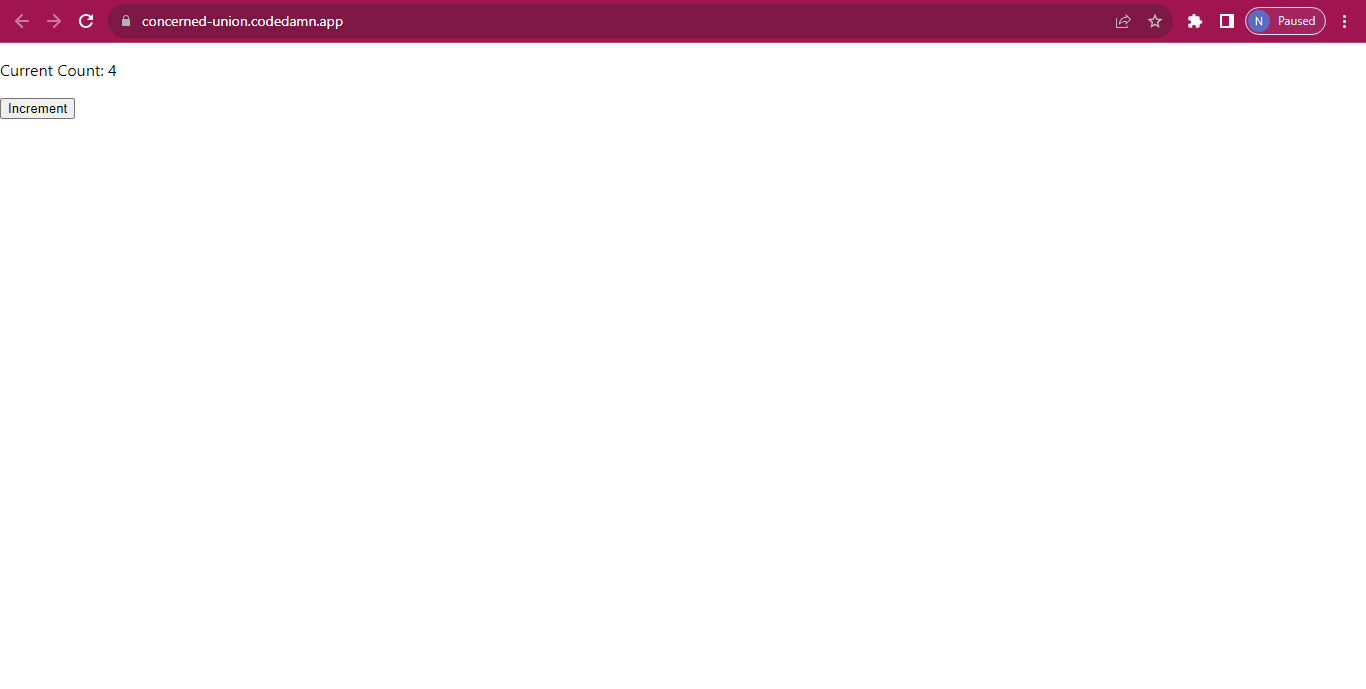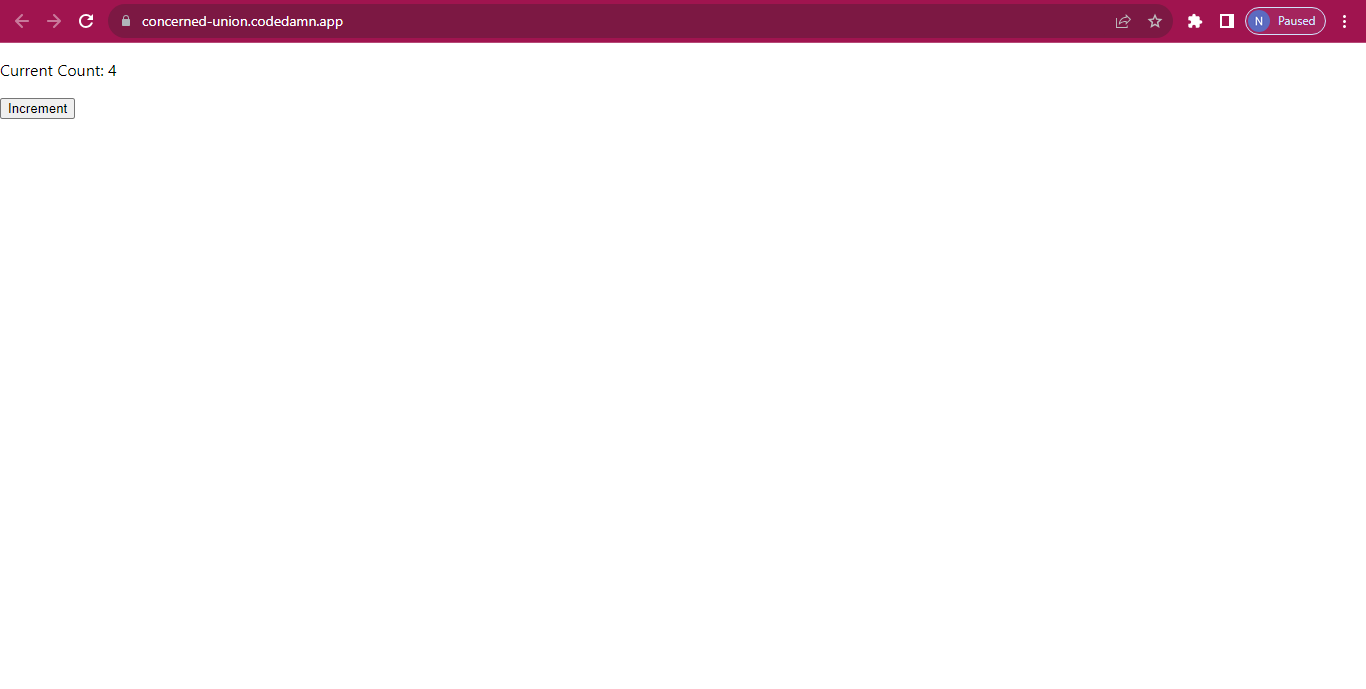What Is State In React JS?
A well-known JavaScript toolkit for creating user interfaces called React.js has completely changed how web apps are created. "State," one of the fundamental ideas in React, is essential for organising and updating data inside a component.
Every React developer must understand state because it allows dynamic and interactive user experiences. We will examine state in React.js and how it enables programmers to construct dynamic web apps in this post.
What is State?
React.js uses the term "state" to describe an object that stores data and reflects a component's current status. These informational points can be anything, including user inputs, the visibility of UI components, or other data that changes over the course of a component's lifespan.
State is internal to a component, as opposed to props, which are used to convey data from parent to child components. React components may adapt and re-render based on changes to their state, enabling them to be dynamic and interactive.
The Role of State in React.js
State is a crucial concept in React.js for several reasons:
- Dynamic Updates: By utilizing state, components can update and re-render when the data they hold changes. This ensures that the user interface reflects the latest information and provides an interactive experience.
- User Interaction: State is the foundation for handling user interactions and managing input data. Components can respond to user actions, such as button clicks or form submissions, by updating their state and triggering re-renders.
- Local Scope: Unlike props that are passed down from parent components, state is confined to the component that owns it. This encapsulation improves component modularity and makes it easier to manage the component's behavior.
- Performance Optimization: React is designed to efficiently update the DOM when there are changes. By using state effectively, React can determine precisely which components need to be re-rendered, leading to performance optimizations.
Using State in React.js
To work with state in React.js, you need to follow a specific approach:
1. Initializing State:
To create a state in a component, you must first define it in the component's constructor or, more commonly, using the useState hook in functional components (introduced in React 16.8). For example:
Code
import React, { useState } from 'react';
const MyComponent = () => {
const [count, setCount] = useState(0);
// Function to handle button click and update count state
const handleButtonClick = () => {
setCount(count + 1);
};
return (
<div>
<p>Current Count: {count}</p>
<button onClick={handleButtonClick}>Increment</button>
</div>
);
};
export default MyComponent;
In this example, we're initializing the count state to 0 using the useState hook.
Output -:

2. Updating State:
To update the state, you should never mutate the state directly; instead, use the setter function provided by React (e.g., setState in class components or the function returned by useState in functional components). For example:
Code
import React, { useState } from 'react';
const MyComponent = () => {
const [count, setCount] = useState(0);
// Function to handle button click and update count state
const handleButtonClick = () => {
setCount(count + 1);
};
return (
<div>
<p>Current Count: {count}</p>
<button onClick={handleButtonClick}>Increment</button>
</div>
);
};
export default MyComponent;
This code increases the count state by 1 every time the handleButtonClick function is called.
Output -:

3. Rendering with State:
You can use the state data within the component's JSX to make dynamic UIs. For instance:
Code
import React, { useState } from 'react';
const MyComponent = () => {
const [count, setCount] = useState(0);
return (
<div>
<p>Current Count: {count}</p>
<button onClick={() => setCount(count + 1)}>Increment</button>
</div>
);
};
export default MyComponent;
In this example, the value of count is displayed, and the "Increment" button allows the user to update the count by clicking it.
Output -:

State Management in React.js
State management is essential in React.js to handle changes and updates within a component. While the useState hook is a straightforward way to manage state in functional components, React also offers other advanced state management options, such as useReducer and third-party libraries like Redux and MobX.
1. useReducer Hook:
The useReducer hook is an alternative to useState and provides a more powerful way to manage complex state logic. It follows the same principles as the JavaScript reduce function, allowing you to update state based on the current state and an action dispatched to it. This is particularly useful when state transitions are intricate and involve multiple steps or conditions.
2. Third-party State Management Libraries:
For larger applications with complex state management needs, utilizing third-party libraries like Redux or MobX can be beneficial. These libraries provide centralized state management, making it easier to handle global application state and manage communication between components.
Redux, in particular, enforces a unidirectional data flow and immutable state, making it easier to track changes and debug applications. Although it introduces additional boilerplate code, it offers scalability, predictability, and maintainability for large projects.
3. Lifting State Up:
Sometimes, you may encounter scenarios where multiple components need access to the same piece of state. In such cases, it's better to "lift" the state up to a common ancestor component. By doing so, you maintain a single source of truth for that state, preventing potential inconsistencies and bugs that can occur with scattered states.
4. Immutability and State Updates:
To ensure proper state updates, always remember to follow the principle of immutability. Instead of directly modifying the state, create a new state object or copy of the state, make changes to it, and then update the state with the new object. This helps React to identify changes accurately and optimize re-renders.
5. Asynchronous State Updates:
State updates in React are asynchronous by nature. If you need to update the state based on its previous value, using the function form of setState (in class components) or the functional update form of useState (in functional components) is recommended. This ensures that the state update doesn't rely on the current value, which can lead to unexpected behavior.
6. Handling Complex State:
In applications with complex state requirements, it's essential to organize state logically. Consider splitting your state into smaller, manageable pieces, especially when dealing with deeply nested or highly interconnected data. This approach improves code maintainability and reduces the chances of errors.
Conclusion
State management is at the heart of React.js applications, enabling developers to create dynamic, interactive, and user-friendly interfaces. Whether you choose the simplicity of useState, the power of useReducer, or the scalability of third-party libraries like Redux, understanding how to effectively manage state is crucial.
By following best practices such as lifting state up, maintaining immutability, and organizing state logically, you can build React applications that are more maintainable, robust, and performant. Additionally, it's essential to stay updated with the React ecosystem, as new patterns and libraries may emerge over time to enhance state management in React.js.
As you gain experience and familiarity with React, mastering state management will undoubtedly contribute to your success as a proficient React developer.